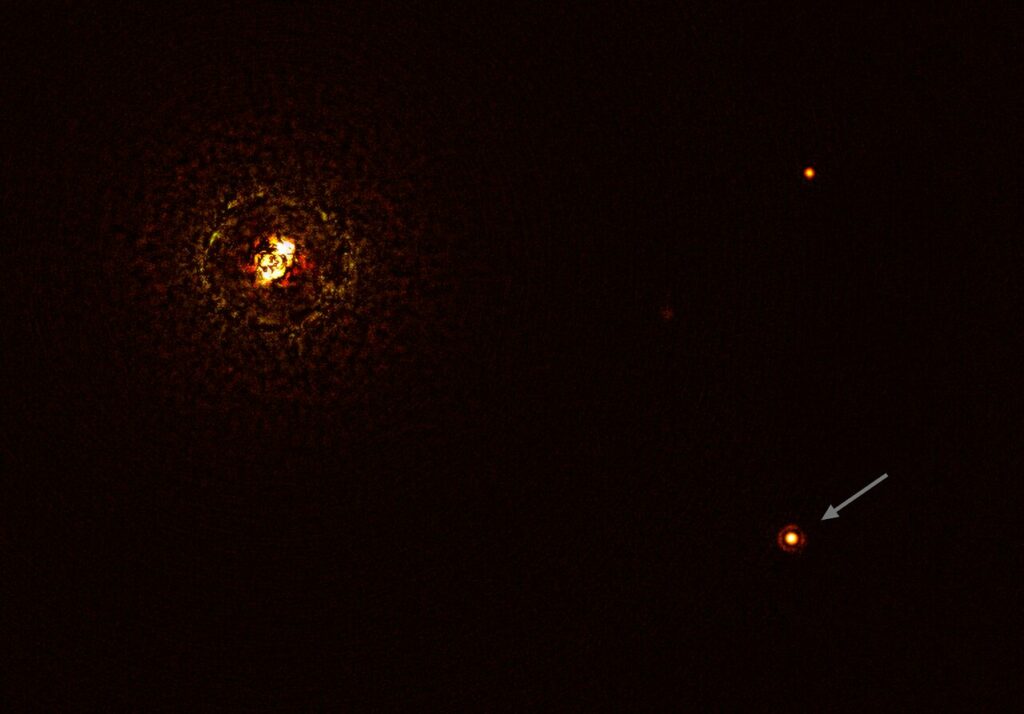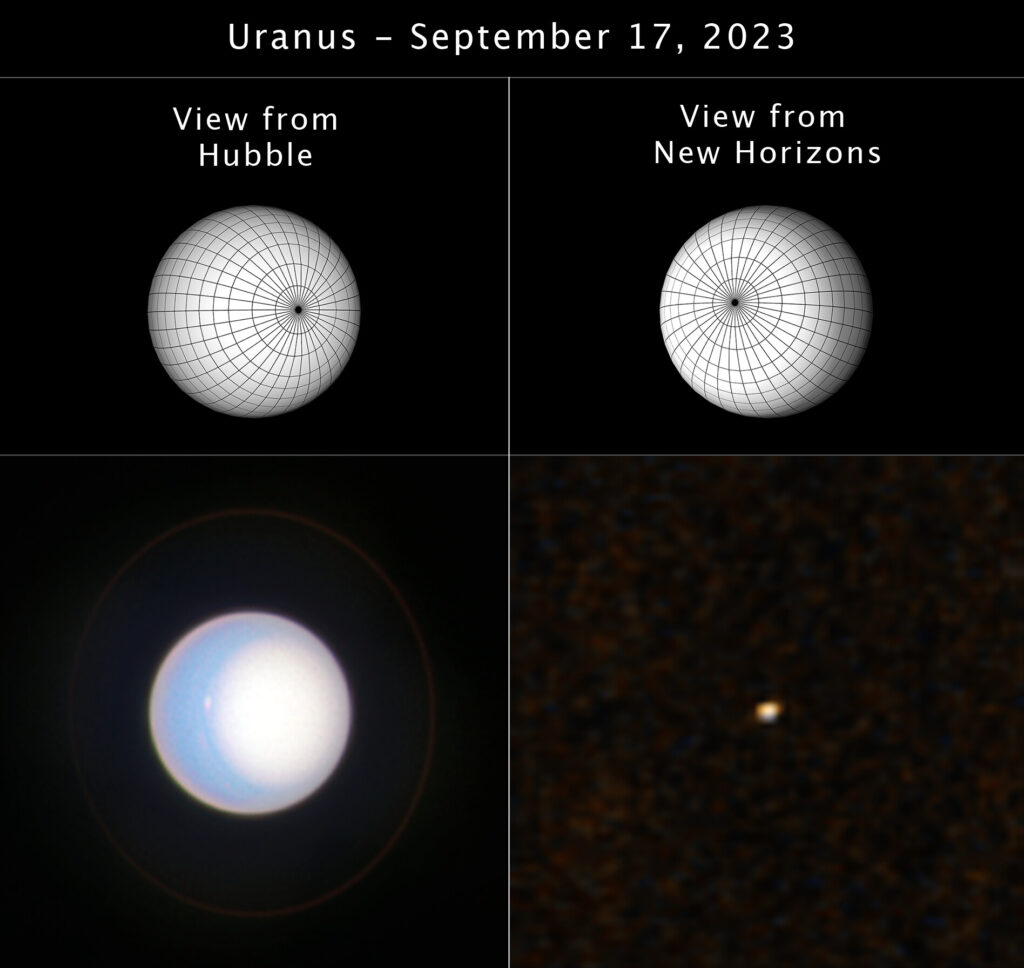The Hubble Space Telescope and the New Horizons probe have made simultaneous observations of Uranus from two different corners of the Solar System. This was to find out more about what to expect when taking photos of exoplanets with next-generation telescopes.
Challenges of photographing exoplanets
Direct surveys of exoplanets are a key method for studying their potential habitability. It can also provide new insights into the origin and formation of our Solar System.

Unfortunately, obtaining direct images of worlds on other stars is an extremely difficult process. To date, astronomers have managed to photograph about 80 extraterrestrial worlds. But they place great hope in the next generation of telescopes. However, even after they become operational, direct surveys of exoplanets will still be an extremely difficult process. Their images are pinpoints and not at all as detailed as images of worlds orbiting our Sun. In addition, researchers will only be able to obtain direct images of exoplanets in “partial phases” — that is, when only part of the planet is illuminated by its star, as seen from Earth.
Uranus as exoplanet
A team of American researchers decided to conduct a “training” to learn more about the difficulties of direct surveys of exoplanets. The Hubble Space Telescope and the New Horizons probe were involved. The role of the extrasolar world was played by Uranus.

Uranus was chosen for several reasons. First, many known exoplanets are also gas giants. Second, during the observations, New Horizons was at a distance of 10.5 billion kilometers from Uranus and saw its backside. This made it possible to study the planet’s twilight crescent, which is impossible to do from Earth. At this distance, the view of the planet in the New Horizons images amounted to only a few pixels.
On the other hand, the Hubble telescope in Earth orbit at a distance of 2.7 billion kilometers from Uranus was able to discern atmospheric features on the day side of the gas world, such as clouds and storms.
A subsequent comparison of the two data sets showed that Uranus appeared dimmer in the New Horizons images than models had predicted. This is because its atmosphere reflects light differently in the partial phase.
The data collected by Hubble and New Horizons will be useful to the designers of next-generation observatories and the astronomers who will interpret their data. NASA plans to launch the Roman telescope as early as 2027. It will be equipped with a coronagraph, giving it the ability to take direct images of gas giants. NASA is also designing a new HWO telescope. It will be involved in the search for biosignatures in the atmospheres of Earth-like exoplanets.
According to Phys.org


